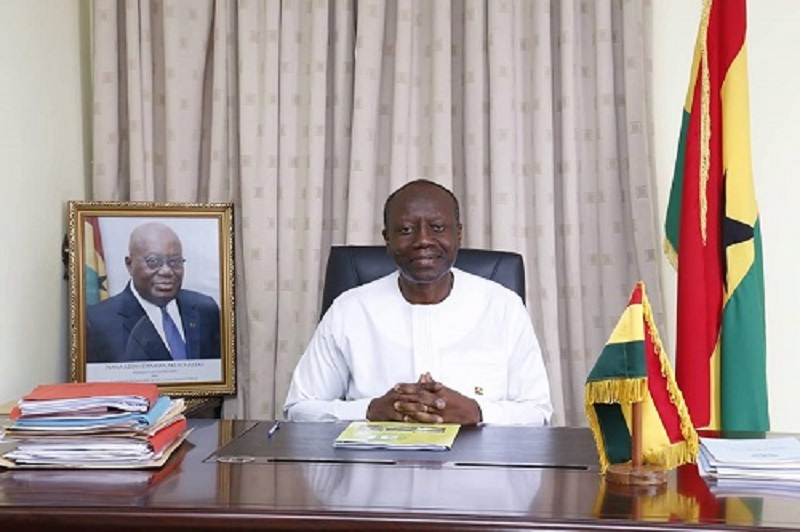The government of Ghana has disclosed its intention to borrow an amount of GH¢17,837.87 million between June to August this year.
A breakdown of the amount shows that GH¢15,806.61 million would be used to pay outstanding debts while the remaining GH¢2,031.26 million would be used to meet government’s financial requirement
Government is yet to give the total amount of debt to be amassed after this new borrowing. Meanwhile, the Bank of Ghana’s (BoG) Monetary Policy Committee in its recent economic and financial data disclosed that at the end of March 2020, the Ghana owed a total of GH¢236.1 billion.
An assay of the total debt indicated that US$22.9 billion was external debt, which translated into 31.4 per cent of the total value of the economy, while GH¢111.3 billion was secured locally, translating into 28 per cent of the total value of economy.
Out of the total debt stock, it was disclosed that GH¢1.8 billion has been spent on the financial sector cleanup for the first three months of this year.
High debt stock causes
According to reports, the debt stock surged between December 2019 and March 2020. The increment in debt is associated with the marginal depreciation in the Cedi and recent funds injected in the cleanup of the banking and non-banking sectors of the economy. The data showed that from December 2019 to March 2020 the total debt stock went up by GH¢38.1 billion.
When the total debt of GH¢236.1 billion was analysed, it was established that if the debt were to be shared among the 30 million populace, each Ghanaian would owe about GH¢ 7, 870.

The data also revealed that total earnings at the end of March this year from exports stood at US$3.9 billion as compared to a little over US$4 billion realized in the same period for last year.
Gold for the first three months of this year brought in US$1.4 billion compared to a similar amount for the same period for last year. Cocoa raked in US$956 million for the first quarter of 2020, compared to the US$832 million gained in the first quarter of 2019.
Earnings from oil stand at US$874.1 million for the first quarter of 2020 compared to a little over US$1 billion in 2019. On the other hand, total imports for the first quarter stood US$2.9 billion, compared to US$3.3 billion for the same period in 2019.
Total non-oil imports stood at US$2.4 billion for the first quarter of 2020 compared to US$2.6 billion secured in the same period for 2019. This resulted in a trade balance of US$934 million, compared to US$642 million for the same period for 2019.
After the changes in income to the country, 1.4 per cent of GDP was actualized as a result of US$936 million in trade balance.
The country’s Gross International Reserve ending March this year stood at US$10.2 billion. This should translate into 4.8 months of import cover.
Banking Sector
While Non-Performing Loans reduced from 18.8 per cent in March 2019 to 14.5 per cent in March 2020, the banking sector’s total assets increased by GH¢ 2 billion as at March 2020 yielded GH¢113 billion whereas March 2019 yielded GH¢111 billion.
Also, Total Banking Deposits was GH¢85 billion up by 15.1 per cent from the same period last year, while total advances went up by 16.5 per cent to reach GH¢51.9 billion.




















